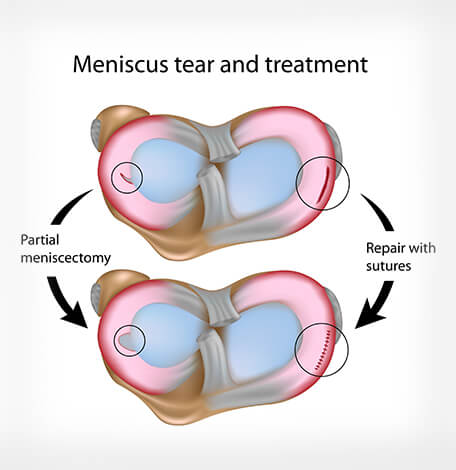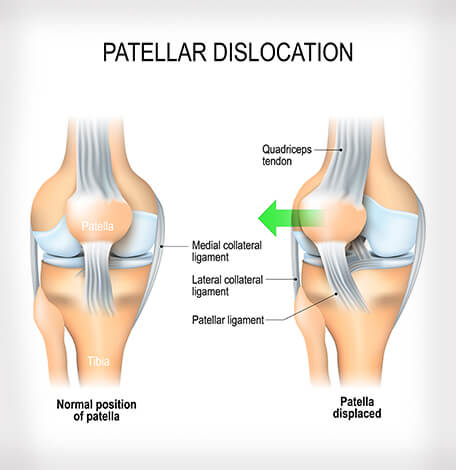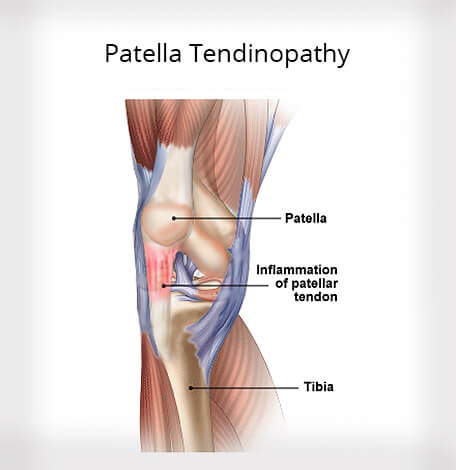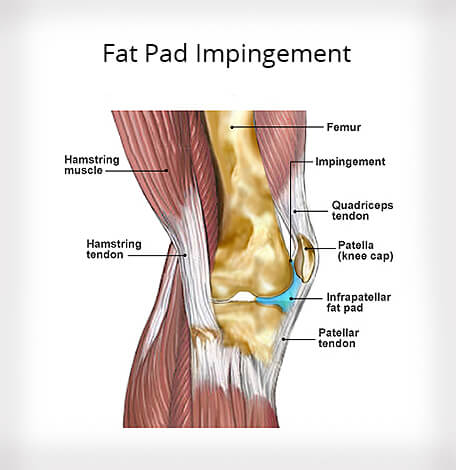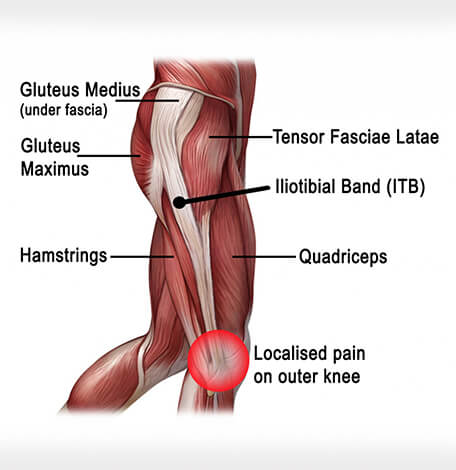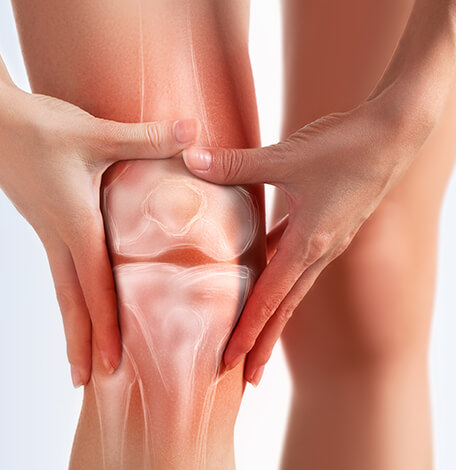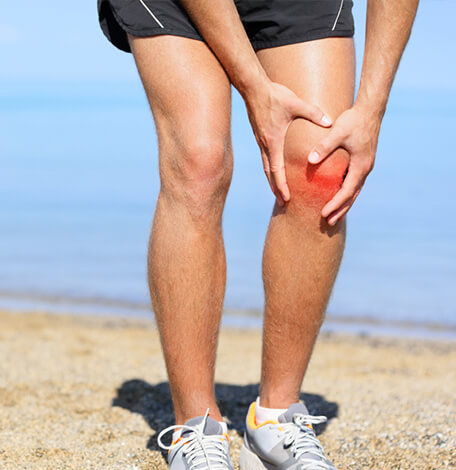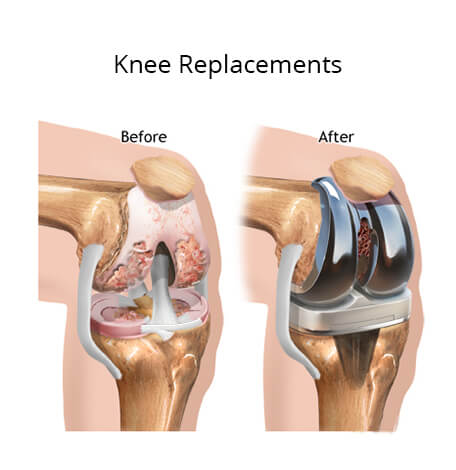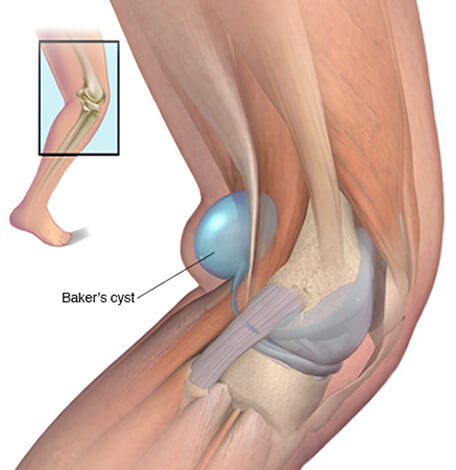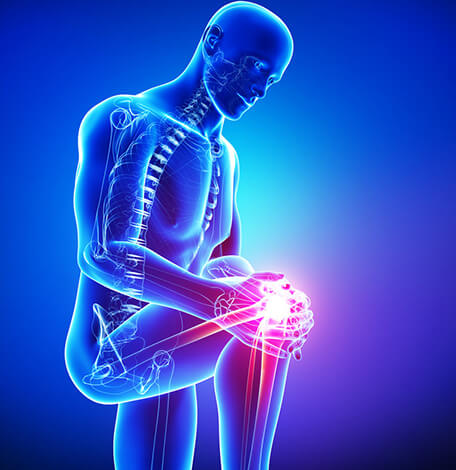
Ligament Tears & Sprains (ACL, PCL, LCL, MCL) - Downtown Toronto knee physiotherapy
Our Downtown Toronto knee physiotherapy program treat a lot of anterior cruciate ligament (ACL) injuries, which are often called a sprain. A sprain occurs when the threads or fibers of the ligament stretch or are torn. In order for the knee to function correctly, it uses the ligaments and bone to help bend the knee. When a ligament gets torn or sprained, moving the knee becomes very difficult or sometimes even impossible. While these injuries can occur in people of any age, these strains and tears are some of the most common in people who participate in sports or vigorous workout routines. This is because certain types of physical activities will put more strain on the joints. Depending on the severity of the ligament tear or sprain, the symptoms might include: a sudden popping or snapping sound when the injury occurs, swelling, tenderness, a feeling that the knee is loose, and difficulties moving the knee.



